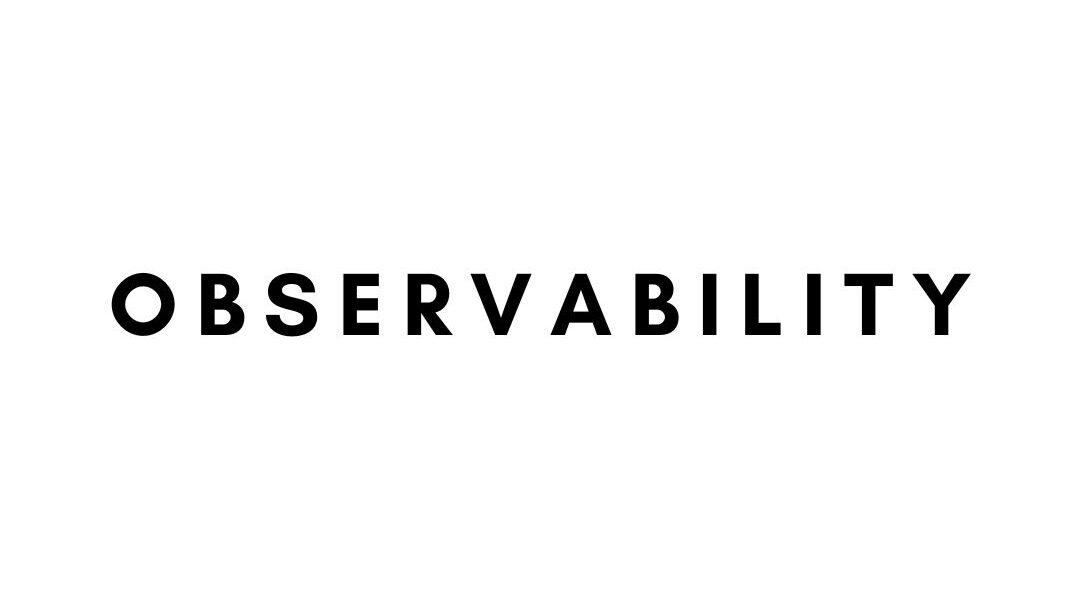Observability: Viewing a Production Environment from Many Perspectives

Every production environment is a complex ecosystem, a living, breathing entity. The more we understand the interconnectivity and nuances of this environment, the better we can optimize it, troubleshoot issues, and increase overall performance. But how do we gain such deep insights? Enter the concept of observability.
What is Observability?
Traditionally, the term ‘observability’ stems from control theory and defines the measure of how well internal states of a system can be inferred from its external outputs. In the context of modern software engineering, observability refers to our ability to understand the state of a system by observing it from the outside, particularly in production environments.
Observability is not merely about keeping an eye on system health metrics or setting up alerts for when things go wrong. It’s a more comprehensive, holistic approach that involves understanding the “why” behind system behavior. With proper observability, you can answer any arbitrary question about your system without needing to deploy new code to answer those questions.
Three Pillars of Observability
Adequate observability requires three primary types of data, often referred to as the ‘three pillars of observability’: logs, metrics, and traces.
- Logs: These are event-based records of discrete actions that have taken place in your system. They can provide detailed context about a problem when it arises, like error messages and stack traces.
- Metrics: These are numeric representations of data measured over intervals of time. Metrics might include system load averages, request rates, error counts, and more. They give a high-level overview of system health and can help detect anomalies.
- Traces: Traces provide an understanding of the lifecycle of a request as it traverses through various services in a system. They help identify performance bottlenecks and can uncover dependencies and correlations that aren’t visible through logs and metrics alone.
Perspectives of Observability
Observability in a production environment needs to consider several perspectives, each with a different scope and level of detail.
Infrastructure Level
This is the lowest level of observability and is focused on hardware and operating systems. It can include observing CPU usage, memory consumption, disk I/O, network throughput, and other related factors.
Application Level
This perspective deals with the performance and behavior of the software itself, which is crucial for identifying problems within the code. Key metrics here might include request rate, error rate, request duration, and application-specific metrics.
Business Level
This perspective is tied to business-specific metrics. It goes beyond technical aspects to evaluate business processes and the overall customer experience. This can include metrics like conversion rates, customer churn rates, and other performance indicators that help assess the impact of technical performance on business outcomes.
User Experience Level
This perspective focuses on the end-user experience. It considers factors such as page load times, error rates, and user journeys across the application. Observability at this level is crucial to understand how system performance affects user satisfaction.
Advantages of Multi-perspective Observability
Combining all these perspectives allows us to gain a more comprehensive view of the system’s health and performance. Multi-perspective observability provides several advantages:
- Faster Issue Resolution: By having access to multiple viewpoints, you can pinpoint problems and their root causes much faster.
- Optimized Performance: Observability helps identify bottlenecks in system performance, facilitating strategic optimizations.
- Improved User Experience: By understanding how system performance impacts user experience, you can make necessary adjustments to improve user satisfaction.
- Informed Business Decisions: Observability can provide insights into how system performance influences business metrics, helping leaders make more data-informed decisions.
In conclusion
Observability in a production environment isn’t a one-dimensional concept. It requires a multi-perspective approach to fully understand, optimize, and control a system’s behavior. In a world where system complexity continues to rise, mastering observability has become a necessity rather than an option.